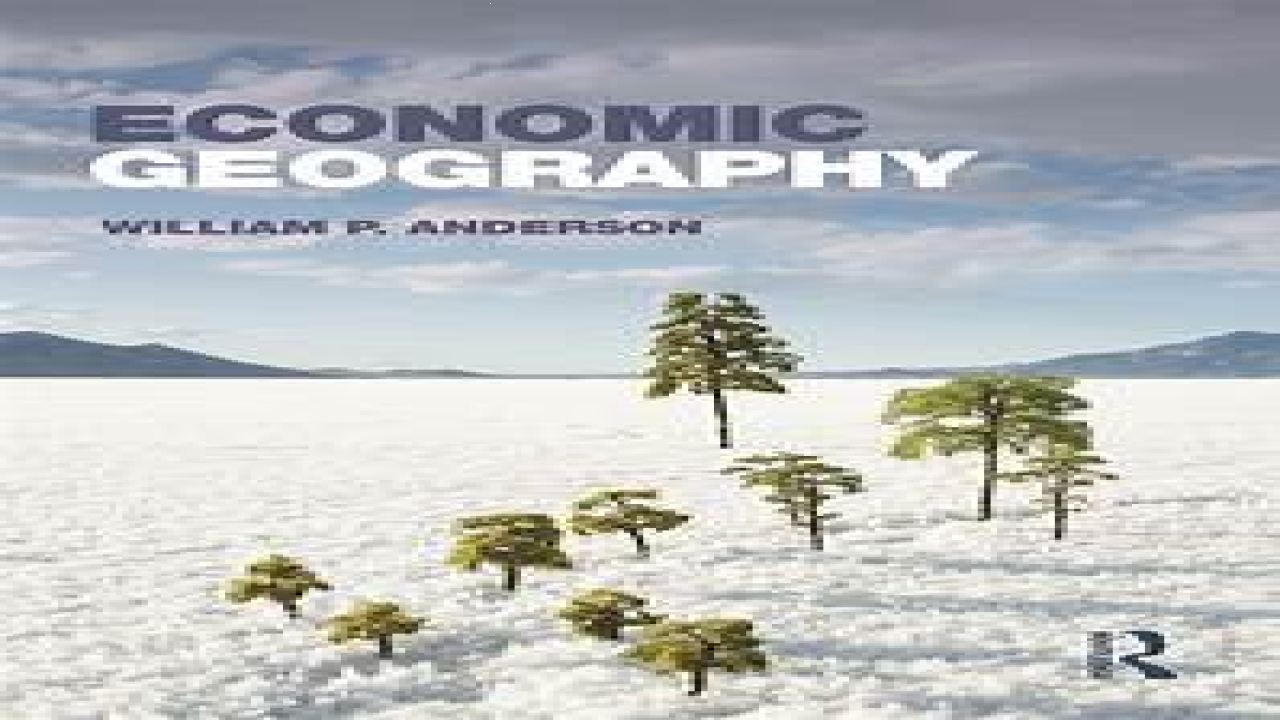Economic Geography
Economic Geography is a subfield of geography that examines the spatial distribution and organization of economic activity. It is concerned with the ways in which economic activities are shaped by physical and human geography and the ways in which economic activities shape geography.
Meaning and History of Economic Geography
Economic Geography is concerned with the spatial distribution and organization of economic activities, including production, consumption, and exchange. The field has its roots in the study of industrialization and urbanization in Europe in the late 19th and early 20th centuries.
In the mid-20th century, Economic Geography began to focus more on international trade and globalization, as well as the ways in which economic activities are shaped by culture, politics, and environment.
Types of Economic Geography
- Industrial Geography: Industrial Geography focuses on the location and organization of industrial activities, including manufacturing, mining, and construction.
- Agricultural Geography: Agricultural Geography examines the spatial distribution and organization of agricultural activities, including crop production, livestock rearing, and fishing.
- Urban and Regional Geography: Urban and Regional Geography explores the spatial distribution and organization of economic activities in urban and regional settings, including the development of cities and metropolitan areas.
Examples of Economic Geography
- Silicon Valley: Silicon Valley in California is a well-known example of a high-tech region. The area is home to many of the world’s largest technology companies, including Apple, Google, and Facebook.
- The Rust Belt: The Rust Belt is a region in the United States that was once a hub for manufacturing and heavy industry but has experienced economic decline in recent decades.
- The Netherlands: The Netherlands is a small country that is known for its highly developed agricultural sector, which accounts for a significant portion of the country’s economy.
Issues in Economic Geography
- Uneven Development: Economic activities are not evenly distributed across space, leading to uneven development and economic disparities between regions.
- Globalization: Globalization has led to increased economic interdependence between countries and regions, but has also contributed to the concentration of economic activities in certain regions and the marginalization of others.
- Environmental Impacts: Economic activities can have significant environmental impacts, including pollution, deforestation, and climate change.
- Strategies for Effective Understanding of Economic Geography
- Spatial Analysis: Spatial analysis is a key tool in Economic Geography, allowing researchers to analyze the spatial distribution and organization of economic activities.
- Policy Analysis: Policy analysis can help to identify and address economic disparities and environmental impacts of economic activities.
- Interdisciplinary Approaches: Economic Geography requires interdisciplinary approaches that draw on fields such as economics, sociology, anthropology, and environmental studies.


